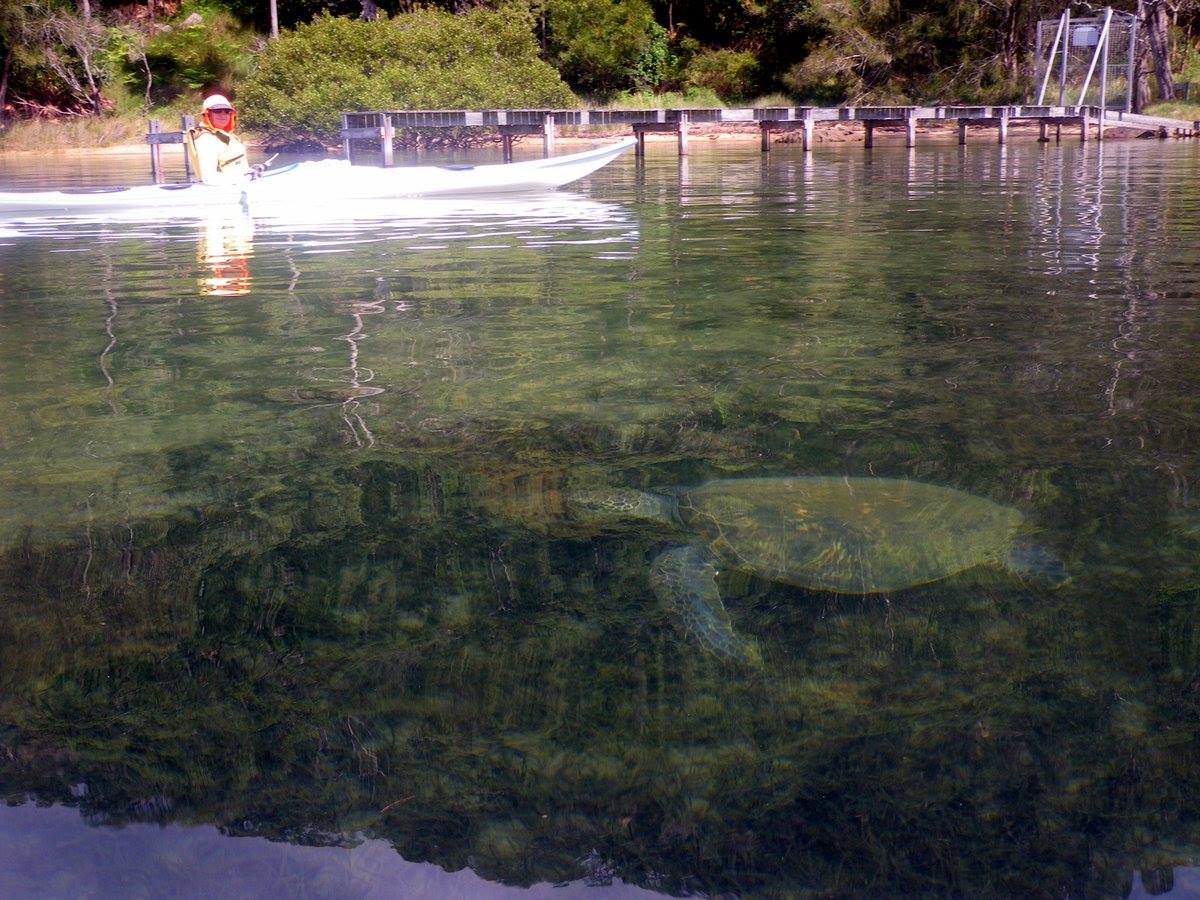April 3 - 9, 2022: Issue 533
Pittwater's Turtles Impacted By Boat Strikes In The Pittwater Estuary: 4 Knots Speed Limit/Distance To Shore Being Ignored
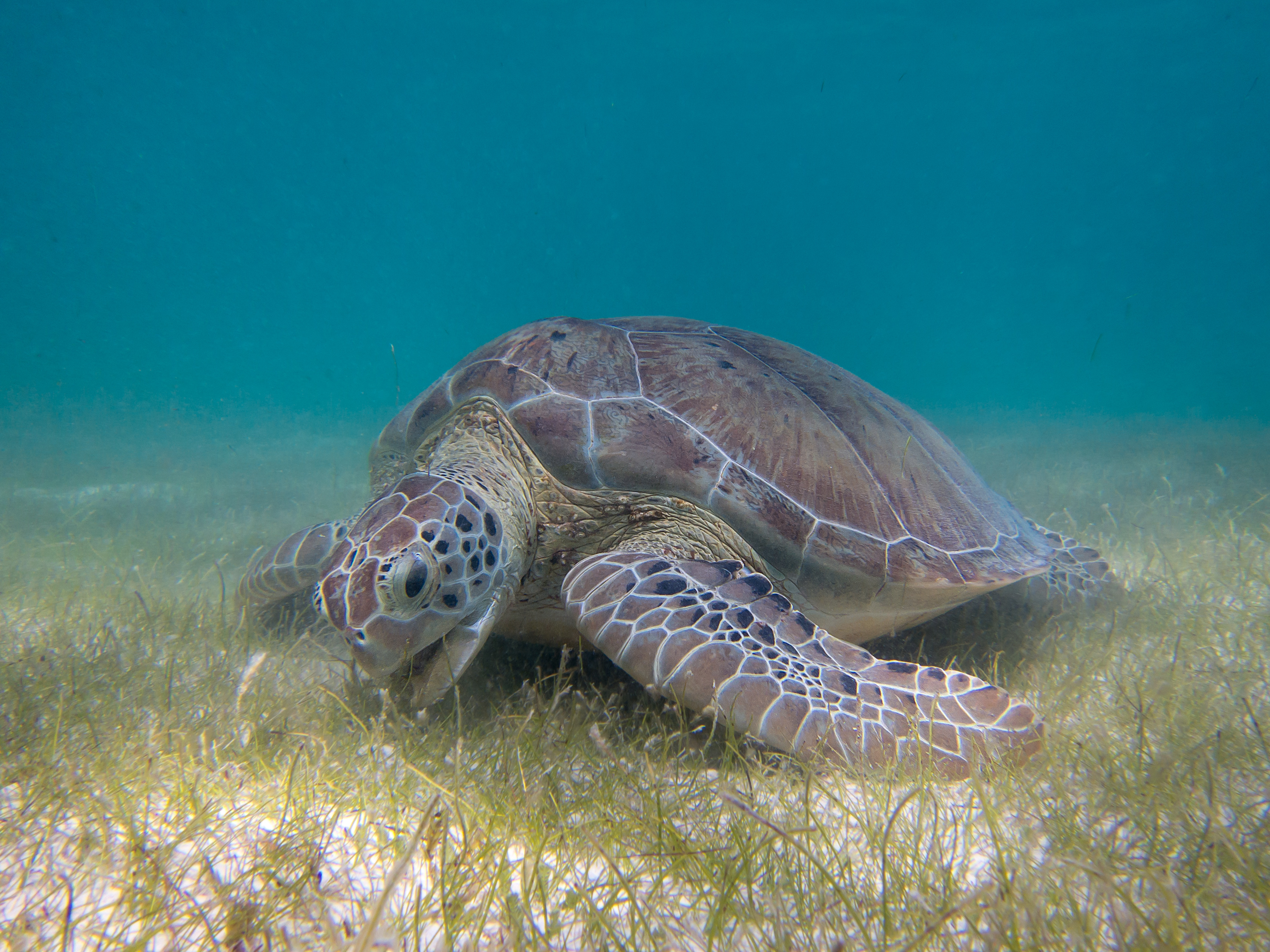
- other vessels – including when these vessels are moored or at anchor
- structures – including jetties, bridges and navigation markers
- the shore.
- you're within 200m of shore within a PWC restriction Zone, or
- you're within 200m of shore in all waterways, when one or more dwellings are visible from the water and located within 200m of shore.
- Any dredge or floating plant
- Any construction or other works in progress
- Any bank, shore or waterside structure
- Any other vessel, including a vessel that’s moored.
- 100m, or
- 300m if there are calves.
- 50m, or
- 150m if there are calves.
- 40m, or
- 80m if there are pups.
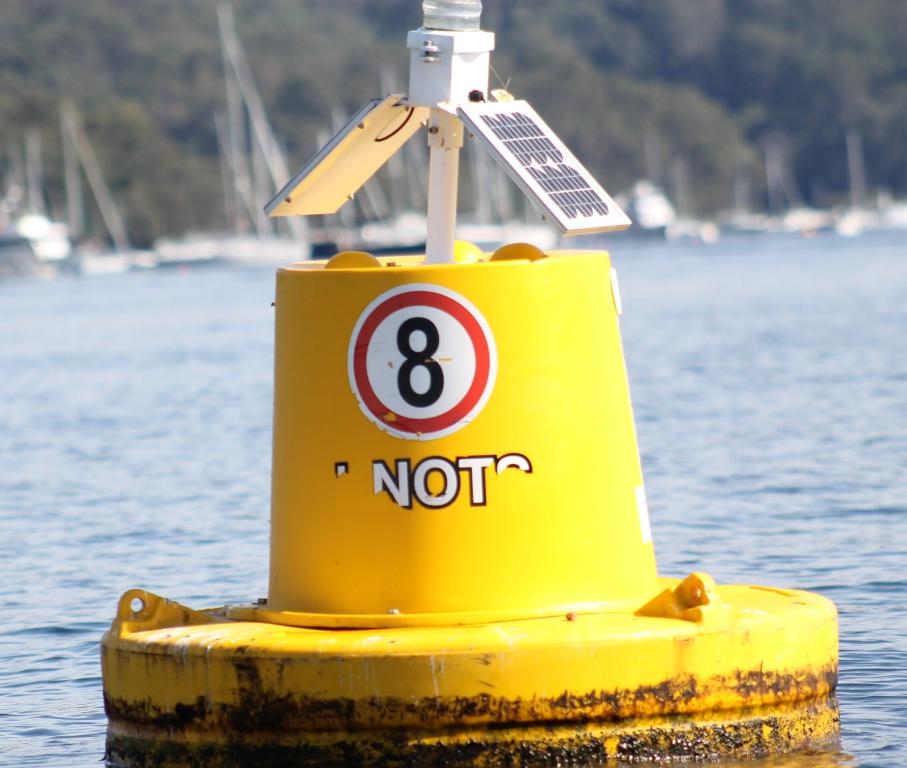
Pittwater - inshore indicator off Bayview
- Flatback turtle (Natator depressus)
- Green turtle (Chelonia mydas)
- Hawksbill turtle (Eretmochelys imbricata)
- Leatherback turtle (Dermochelys coriacea)
- Loggerhead turtle (Caretta caretta)
- Olive Ridley turtle (Lepidochelys olivacea)
- the vulnerable green turtle (Chelonia mydas)
- the endangered loggerhead turtle (Caretta caretta)
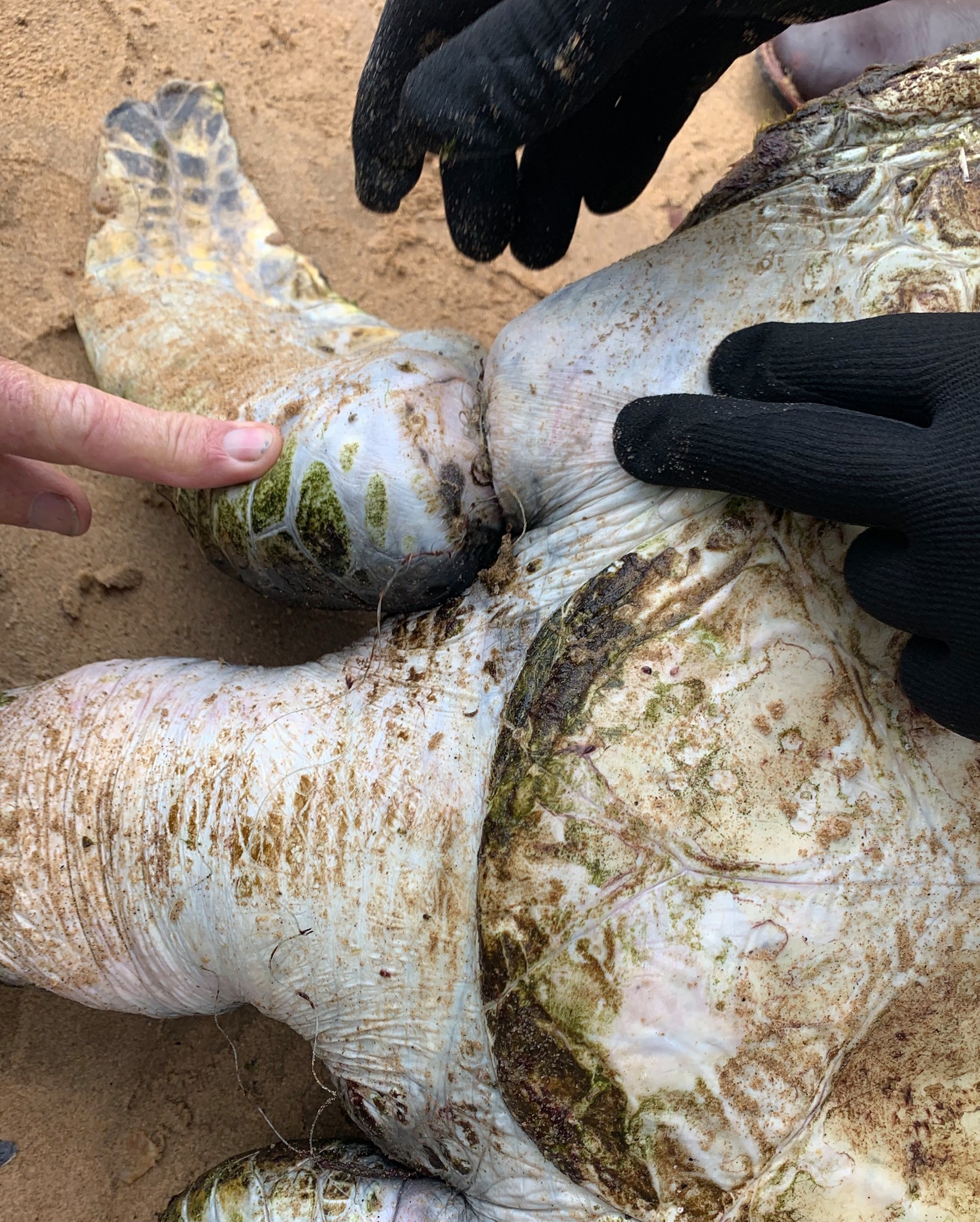
- plastic bags and other waste, which the turtles mistake for jellyfish
- cigarette butts
- fishing lines and hooks
- boat and propeller collisions
- entanglement and drowning in nets, ropes, floats or traps
- habitat destruction
- poor water quality and seagrass depletion
- deliberate acts of cruelty
- disease
- appropriately dispose of your rubbish
- collect litter on or near the waterways
- when boating, travel slowly over seagrass beds
- report people engaging in illegal netting or trapping
- help in coastal health projects (e.g. seagrass monitoring)
- join your local animal rescue and care group
- report sick or injured turtles to your local NPWS office.
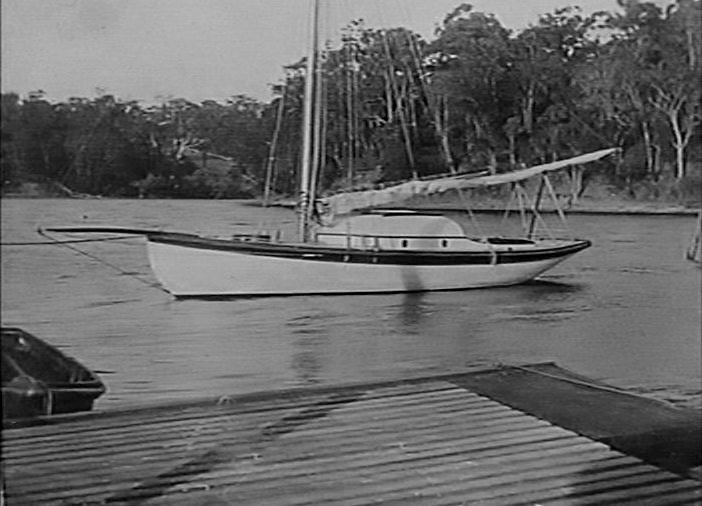
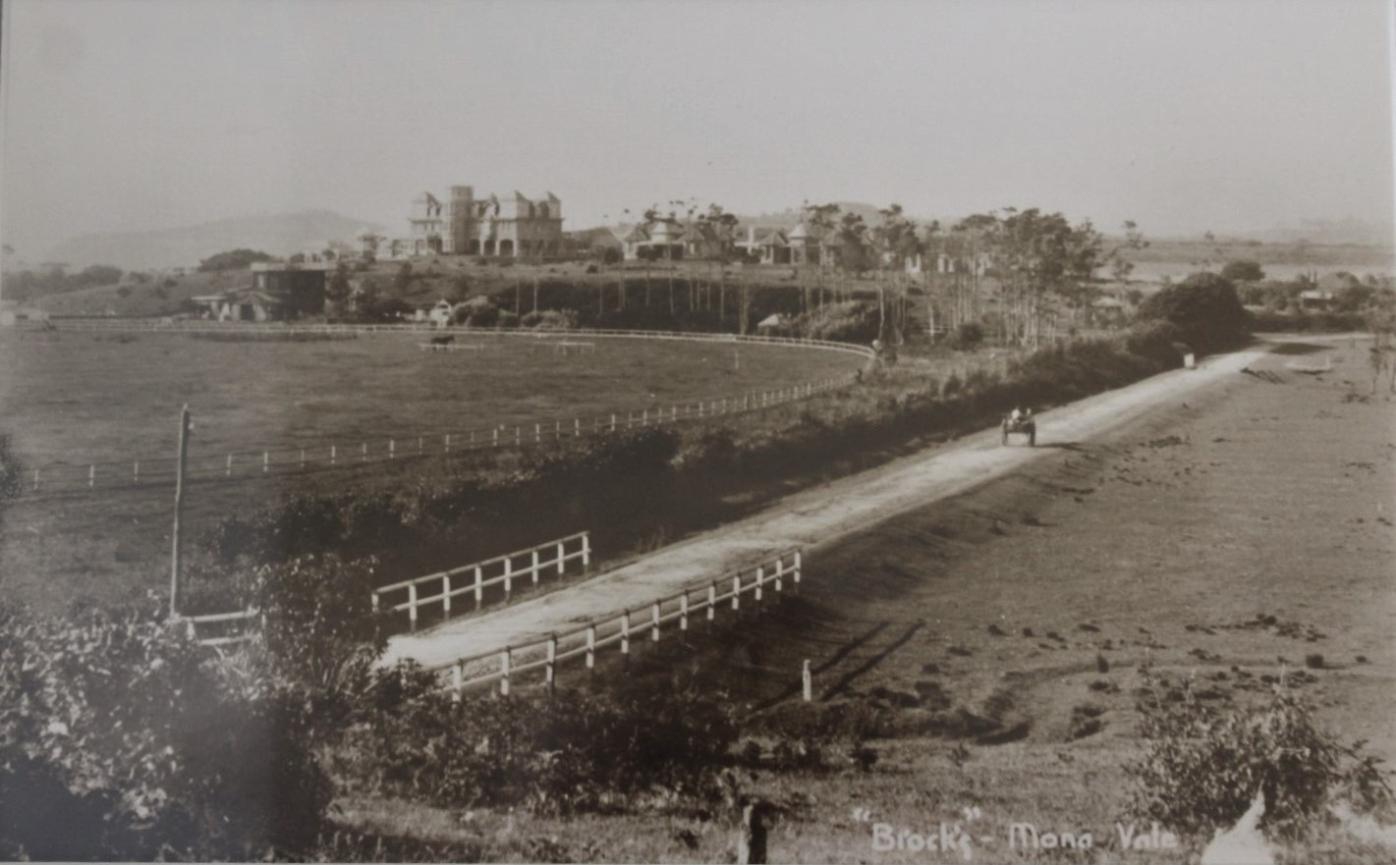
POOR OLD TURTLE!
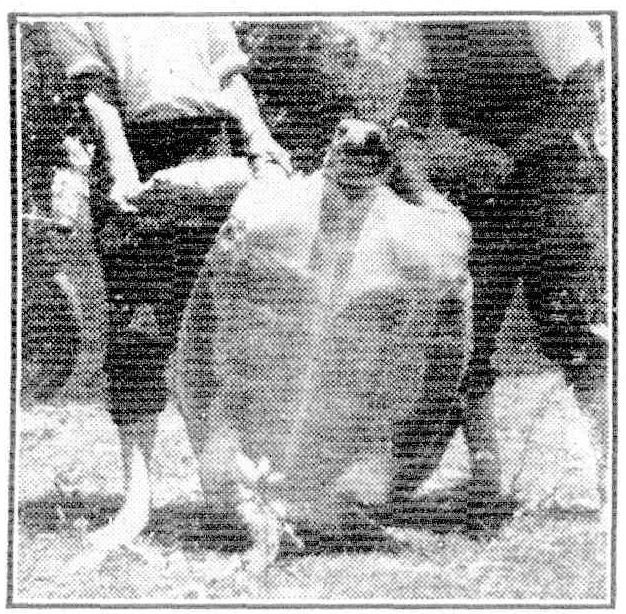
TURTLE, who took the wrong turning, and turned up yesterday at Pittwater. He was caught by Messrs; E. Wilson and W. Dunn. Turtle soup? 'PLANE TO TRAVEL AT 650 M.P.H !--SEEK JAG REP. TENNIS TEAM--POOR OLD TURTLE! (1930, November 13). Daily Pictorial (Sydney, NSW : 1930 - 1931), p. 12. Retrieved from http://nla.gov.au/nla.news-article246195104
Settlers on the banks of the Hawkesbury River, near Windsor, have, been making profitable returns out of turtles during the past few weeks. The small species are greatly in demand by Chinese at 1/' each. The river is literally alive with them. SIFTINGS. (1931, January 30). The Kyogle Examiner (NSW : 1912; 1914 - 1915; 1917 - 1954), p. 4. Retrieved from http://nla.gov.au/nla.news-article234724418
Fortunately the tide turned, no pun intended, against this reckless treatment of local turtles and any threats to them were met with an outcry from locals:
AGED TURTLE
Caught in Broken Bay.
YACHTSMEN INDIGNANT.
Strong protests have been entered by residents of the Palm Beach district, yachtsmen, fishermen, and naturalists against the action of a party of fishermen in catching a big black turtle off Lion Island, Broken Bay, this week.
The turtle, which weighed about a ton, was of a great age, and had frequented the waters of Broken Bay as far back as the memory of some of the oldest residents of the district. It was a familiar object to yachtsmen and fishermen visiting the locality over many years.
A resident of Palm Beach stated last night that people living in the district had regarded the turtle as an old friend, and they were incensed when they learned that it had been caught with a rope, hauled ashore, and shot.
A veteran yachtsman said he had been visiting Broken Bay for more than 50 years, and during that period he had often seen the turtle. It was almost tame, and never did any harm. Sometimes it was mistaken for an overturned skiff. He was particularly sorry to learn that it had been caught.
The honorary secretary of the Palm Beach Surf Life-saving Club, Mr. J. G. Rohr, said he had been directed by his club to express in the strongest terms disapproval of the action of the fishing party which caught the turtle. In doing so, he thought he was voicing a feeling of resentment which much be very general among those who were acquainted with the waters of Broken Bay.
The old turtle was, as far as was known, the only specimen of its kind in the area, and possibly it was one of the few survivors on this section of the Australian coast. It was a familiar and welcome sight to members of the club and to yachtsmen and boating people who visited Pittwater. "So frequently had our members met with the old warrior when bringing the surf boat around Barrenjoey, that most of us felt that we were almost on speaking terms with him," he added.
The secretary of the Royal Society for the Prevention of Cruelty to Animals (Mr. S. A. Lord) said he would institute an inquiry into the matter.
Mr. T. C. Roughley, economic zoologist at the Technological Museum, said he joined in the protest against the catching of the turtle. Its capture could serve no purpose: it seemed to him futile, and cruel. It was obvious from the weight of the turtle that it was of a great age, as the rate of growth among turtles was slow. AGED TURTLE (1936, March 14). The Sydney Morning Herald (NSW : 1842 - 1954), p. 17. Retrieved from http://nla.gov.au/nla.news-article17341700
This description of a 'black' turtle in a marine environment sounds as though this was a leatherback turtle - which nowadays are getting caught in shark nets off our shores. Another was found caught in the one at Newport on March 26, 2022. In Issue 532 Pittwater Online reported:
Turtle Saved At Newport
March 26, 2022
Good news; on a rainy morning with lifesavers successfully freeing a giant LeatherbackTurtle from the nets at Newport Beach. Weighing between 300-400kg, the IRB crew said the distressed animal was as wide as the boat itself. Supervising the rescue, a Sea Life Sydney Aquarium marine biologist said the animal would not have survived if it wasn’t for the actions of the patrol team.
This is the second large leatherback caught in the Newport net in recent years, with one cut free in 2019.
Leatherback Turtles are listed as Endangered throughout Australia.
The largest living turtle is the leatherback sea turtle (Dermochelys coriacea), reaching a maximum total length of 3 m (9.8 ft) and a weight of 932 kg (2,055 lb). A leatherback sea turtle that washed up on a beach in Wales in the UK in 1988 was the largest sea turtle ever recorded at a massive 2,019 pounds and was estimated to be around 100 years old. Australia's Environment Protection and Biodiversity Conservation Act 1999 lists D. coriacea as vulnerable, while New South Wales lists it as endangered.
Light pollution is a serious threat to sea turtle hatchlings which have a strong attraction to light. Human-generated light from streetlights and buildings causes hatchlings to become disoriented, crawling toward the light and away from the beach. Hatchlings are attracted to light because the lightest area on a natural beach is the horizon over the ocean, the darkest area is the dunes or forest. On Florida's Atlantic coast, some beaches with high turtle nesting density have lost thousands of hatchlings due to artificial light.
Many turtles die from malabsorption and intestinal blockage following the ingestion of balloons and plastic bags which resemble their jellyfish prey. Balloons cause serious issues for our marine reptiles and seabirds. When helium balloons are released, they burst, fall into our oceans and resemble food for these animals. Unfortunately, balloons can easily become trapped in the digestive system resulting in death. There is currently a petition for NSW to follow other states and ban the release of helium balloons. If you have a spare moment please sign the petition below. Closes April 25, 2022:
https://www.parliament.nsw.gov.au/lc/pages/epetition-details.aspx?q=mOYtcsXKIN_tw4K-dm_DsA
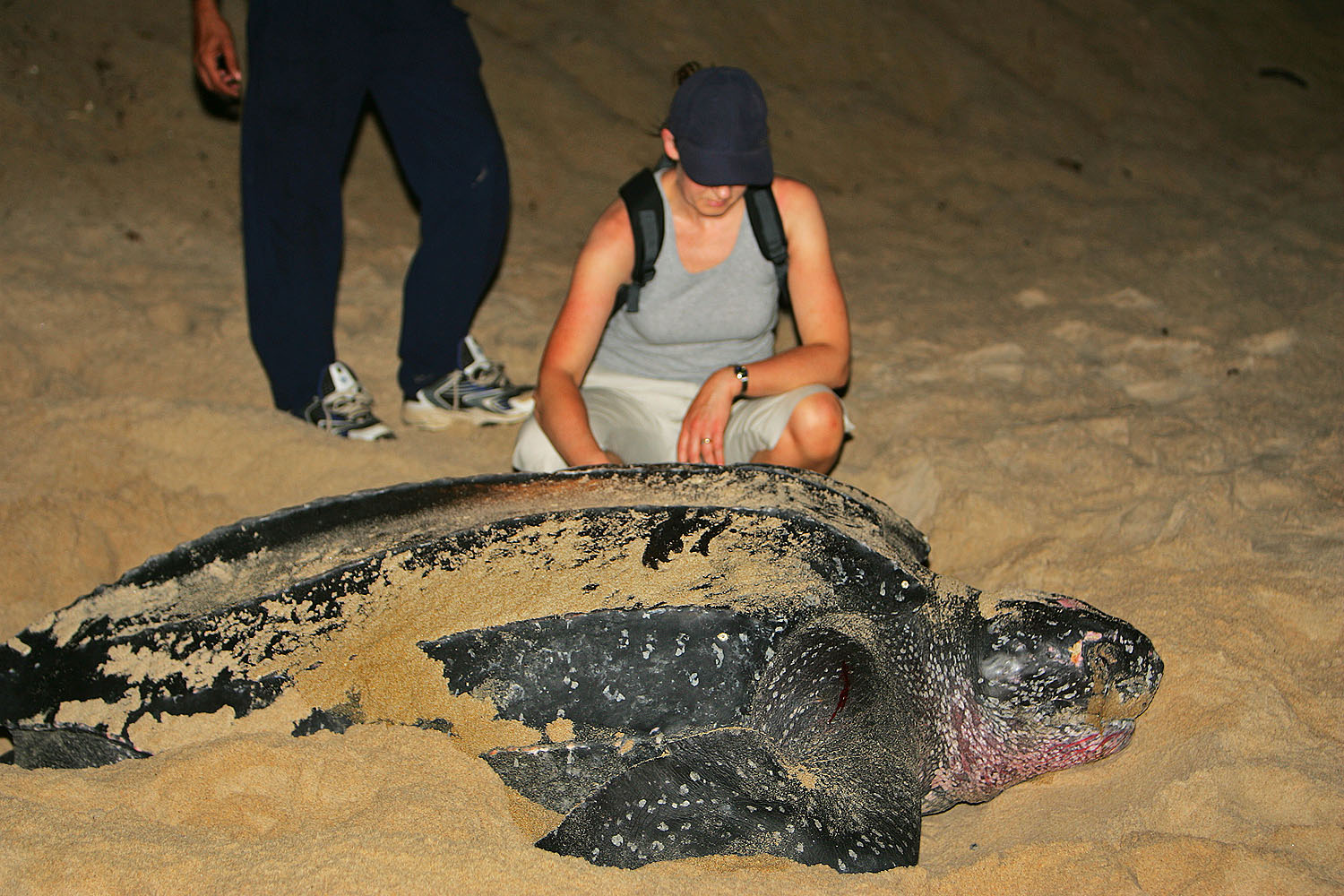
Size of leatherback compared to human. Photo: Steve Garvie from Dunfermline, Fife, Scotland
The shark nets installed off our beaches create high incidences of turtle mortality.
The DPI Shark Meshing 2018/19 Performance Report showed the nets were catching turtles, not sharks, with 395 marine animals caught in the SMP during the 2018/19 meshing season, comprised of 23 target sharks and 372 non-target animals. The records state that 238 of those 395 died before they could be released. Among them are species that are endangered or have 'protected' status and through the SMP's report tripped 'trigger points'; -
2018-19: The trigger point for the objective of ‘Minimise the impact on non-target species and to ensure that the SMP does not jeopardise the survival or conservation status of threatened species’ was tripped for three species during 2018/19 following the entanglement of six Loggerhead Turtles, four Leatherback Sea Turtles, four Hawksbill Turtles, and eighty-seven Smooth Hammerheads.
Of those four Leatherback Sea Turtles, two died in nets off our beaches at Palm Beach and one was released from the nets at Newport. Readers may recall a report from March 2019 in which the great work of Newport SLSC Life Savers in disentangling an adult Leatherback stopped it from dying. This Leatherback also shows evidence of a boat strike on its carapace:
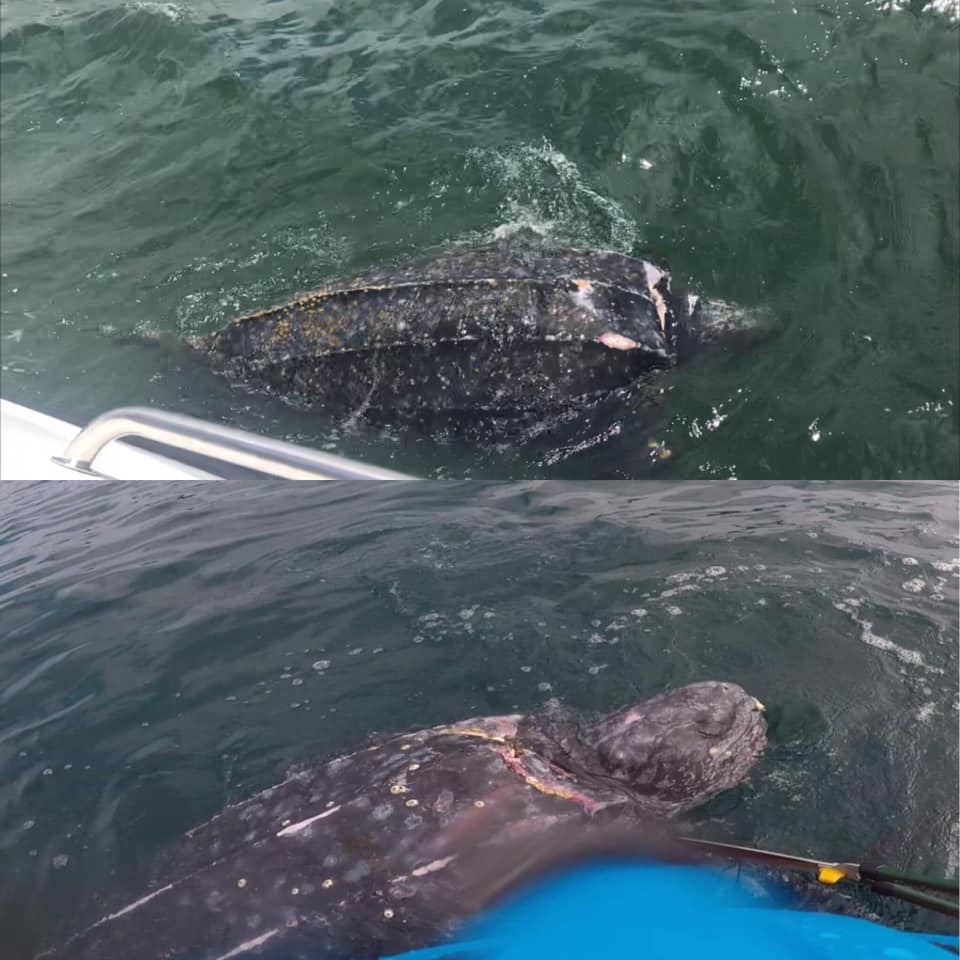
The Leatherback Turtle saved by Newport SLSC members
Both of the two that died in the Palm Beach net were male, one measuring 1.99 Metres and the other 1.73 Metres. One of the Hawksbill Turtles listed among the triggers died from being entangled in the net at Narrabeen, while North Narrabeen and Warriewood nets caught and killed a Green Turtle, Chelonia mydas, each.
The NSW DPI's Shark Meshing 2019/20 Performance Report records 10 marine reptiles were caught in the nets comprised of: 8 Green Turtles; a Loggerhead Turtle; and an unidentified turtle. Two green turtles were found dead during the 2019/20 SMP - both at Narrabeen.
The DPI NSW Shark Meshing (Bather Protection) Program 2020/21 Annual Performance Report report shows a total of 375 marine animals were caught in the SMP during the 2020/21 meshing season, comprised of 40 target sharks and 335 non-target species. Of this 375 marine animals 144 (38%) were released alive, the other 231 (62%) were dead. There were 18 marine reptiles comprised of: 8 Green Turtles; 5 Loggerhead Turtles; 2 Leatherback Turtles; 2 Hawksbill Turtles; and an Olive Ridley Turtle, 9 marine mammals comprised of: 5 Common Dolphins, 2 Humpback Whales; an Australian Fur Seal; and an unidentified dolphin species. Of the turtles; 8 Green Turtles (8 dead), 5 Loggerhead Turtles (5 released alive), 2 Leatherback Turtles (2 dead), 2 Hawksbill Turtles (1 dead, 1 released alive), 1 Olive Ridley Turtle (dead).
Although the contractors are required to check their set nets every 72 hours, weather permitting, 72 hours is a long time to hold your breath if you are a turtle caught in one of these nets.
For these and many other obvious reasons, it would be GREAT if locals stuck to the speed limits and from shore limits when out boating. These ancient animals have been here for a long time and our respect for and care of them is inherent in either living or visiting here. Clearly their songlines, and songs, are part of here and have been for long before human 'impacts' came along:
LONE TURTLE OF PITTWATER.
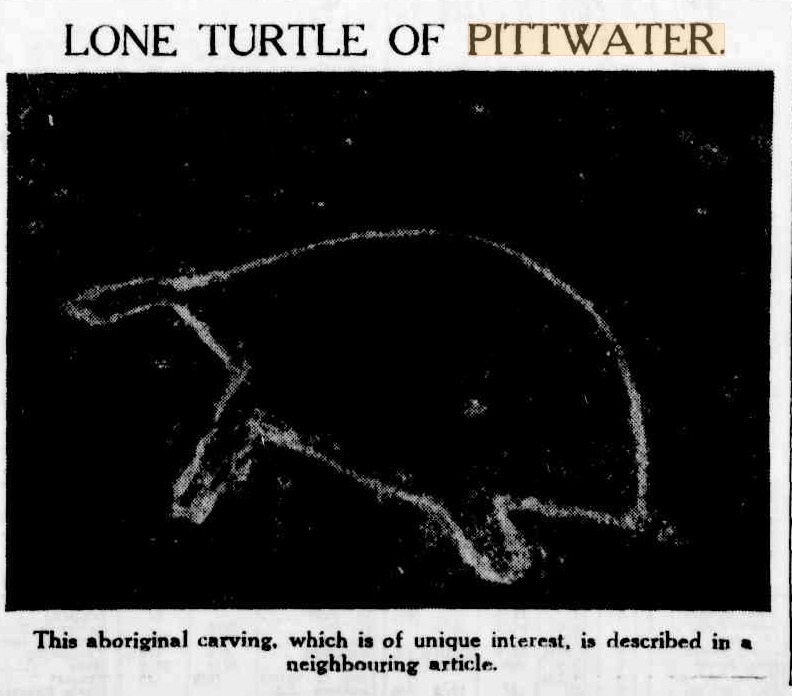
This aboriginal carving, which is of unique interest, is described in the neighbouring article. LONE TURTLE OF PITTWATER. (1940, January 6). The Sydney Morning Herald (NSW : 1842 - 1954), p. 11. Retrieved from http://nla.gov.au/nla.news-article17653541
The 'neighbouring article':
STONE AGE NEWS.
Turtle "Scoop."
By Ella Mcfadyen.
Here and there among the carvings the Australian blacks have left behind them, we find one that is neither a tribal record nor the tale of a hunting, but simply the work of a black reporter recording an item of Stone Age news.
Years ago, near Somersby Falls, Gosford district I saw a rock in an orchard. It was clearly incised with a good impression of the head and forepart of a seal above a wavy line that is exactly the same convention that we use for a sea line in our cartoons. Below this line the artist fumbled for a form and vaguely suggested hindquarters like those of a bear. This could not be other than a report of a seal seen, but not captured off the coast of Broken Bay. Seals do visit these parts at rare intervals and Woy Woy fishermen have twice made captures of them. The blacks had carried away a very good eye picture of the creature.
The decision of the military authorities not to pursue the making of a road right out to West Head may happily preserve another news time of long ago. I only came on this carving of a turtle recently, though I have trod the track near it often. It is a large turtle as the hat photographed beside it shows, and the weathering of the rock shows that it was made many years ago. I had to fill the faint grooves with white sand to secure a picture. Turtles are not native to Pittwater but one old and very large turtle was known to Pittwater yachtsmen for about 50 years, and survived until very recently, when-alas! -the interesting old sea wanderer was brutally slaughtered by a party of holiday makers.
Thanks to the unknown reporter whose "special edition" probably came out long before Sydney's first paper was printed we have this record of Pittwater's lone turtle, the destruction of which has been deplored by all nature-lovers. STONE AGE NEWS. (1940, January 6). The Sydney Morning Herald (NSW : 1842 - 1954), p. 11. Retrieved from http://nla.gov.au/nla.news-article17653507
In closing, while collating this report, devastating news comes from across the Broken Bay 'pond':
Australian Seabird & Turtle Rescue Central Coast - ASTR Central Coast Rescue Line: 0438 862 676
April 1, 2022: Another large deceased leatherback sea turtle has washed up onto our beaches this morning. This is the second leatherback within 48 hours, the third in a week. National Parks has been contacted and will coordinate testing and removal of the animal. National Parks collected the specimen from Avoca Wednesday and are awaiting test and necropsy results. It is quite rare for us to have a leatherback turtle wash up onto beaches in our region, devastating to have 3 in one week. We currently have large swells impacting our coastline, if you come across any marine reptiles or seabirds, please give us a call.
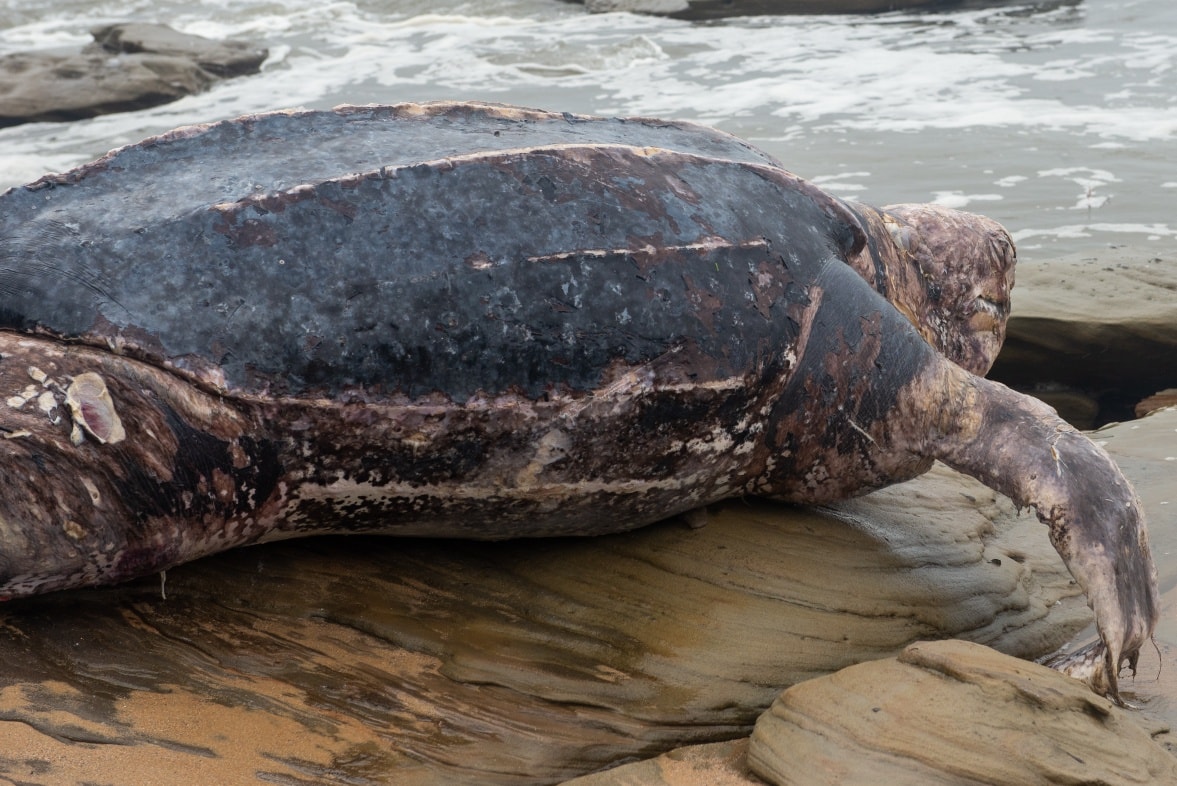
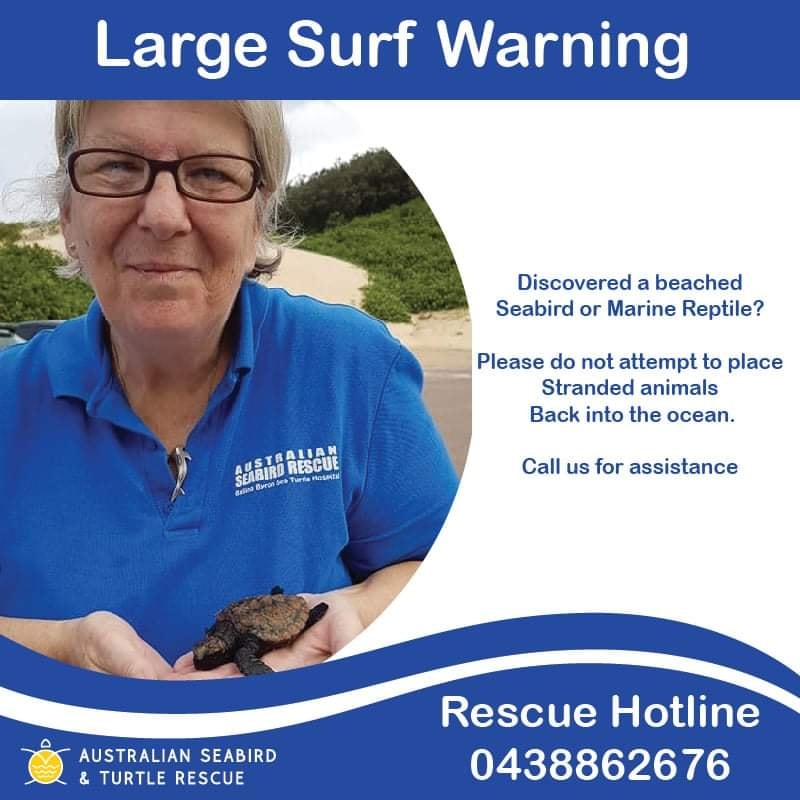
Photo/flyer: Australian Seabird & Turtle Rescue Central Coast
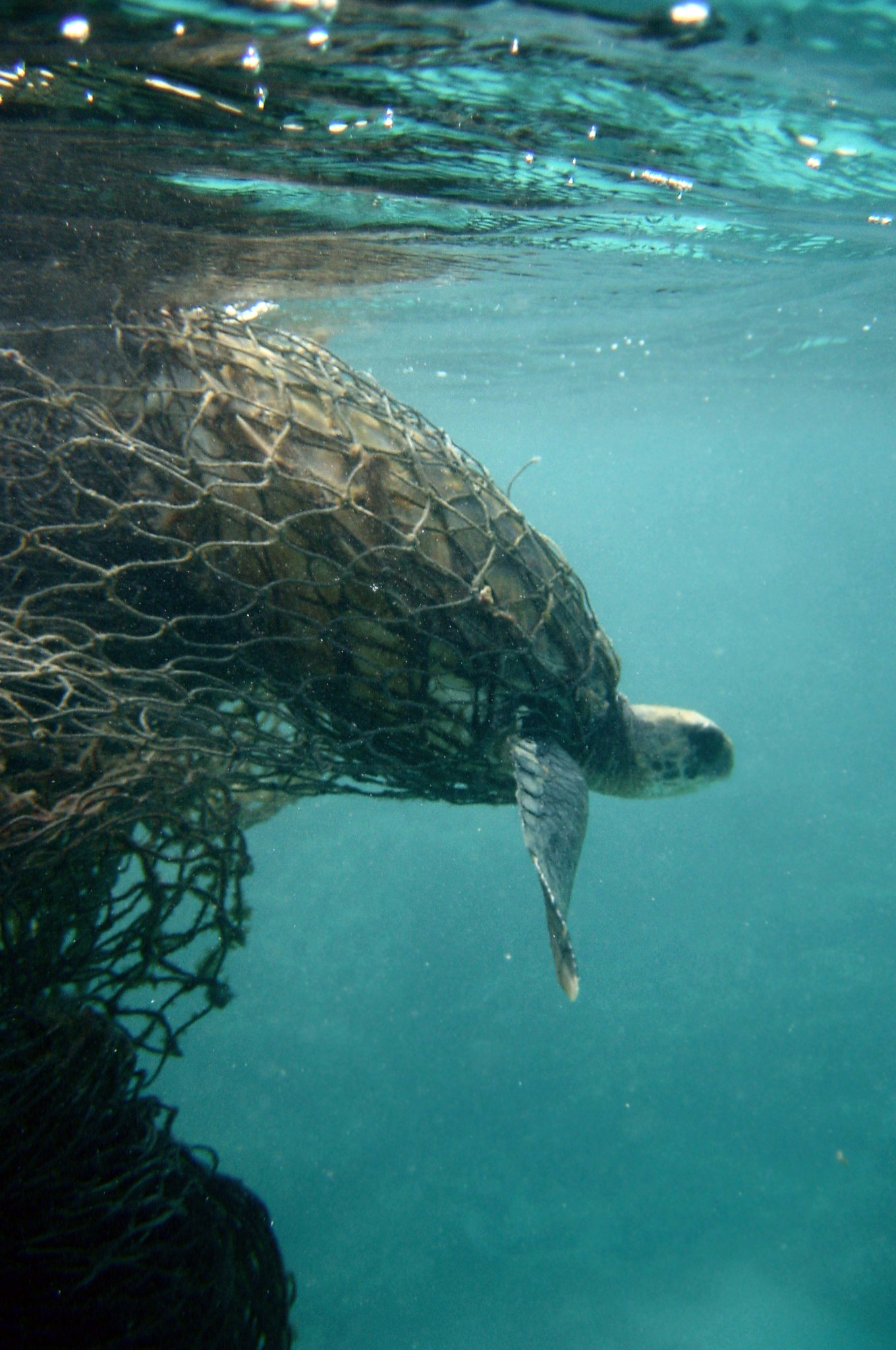
Photo: Sea Turtle caught in a Net.
